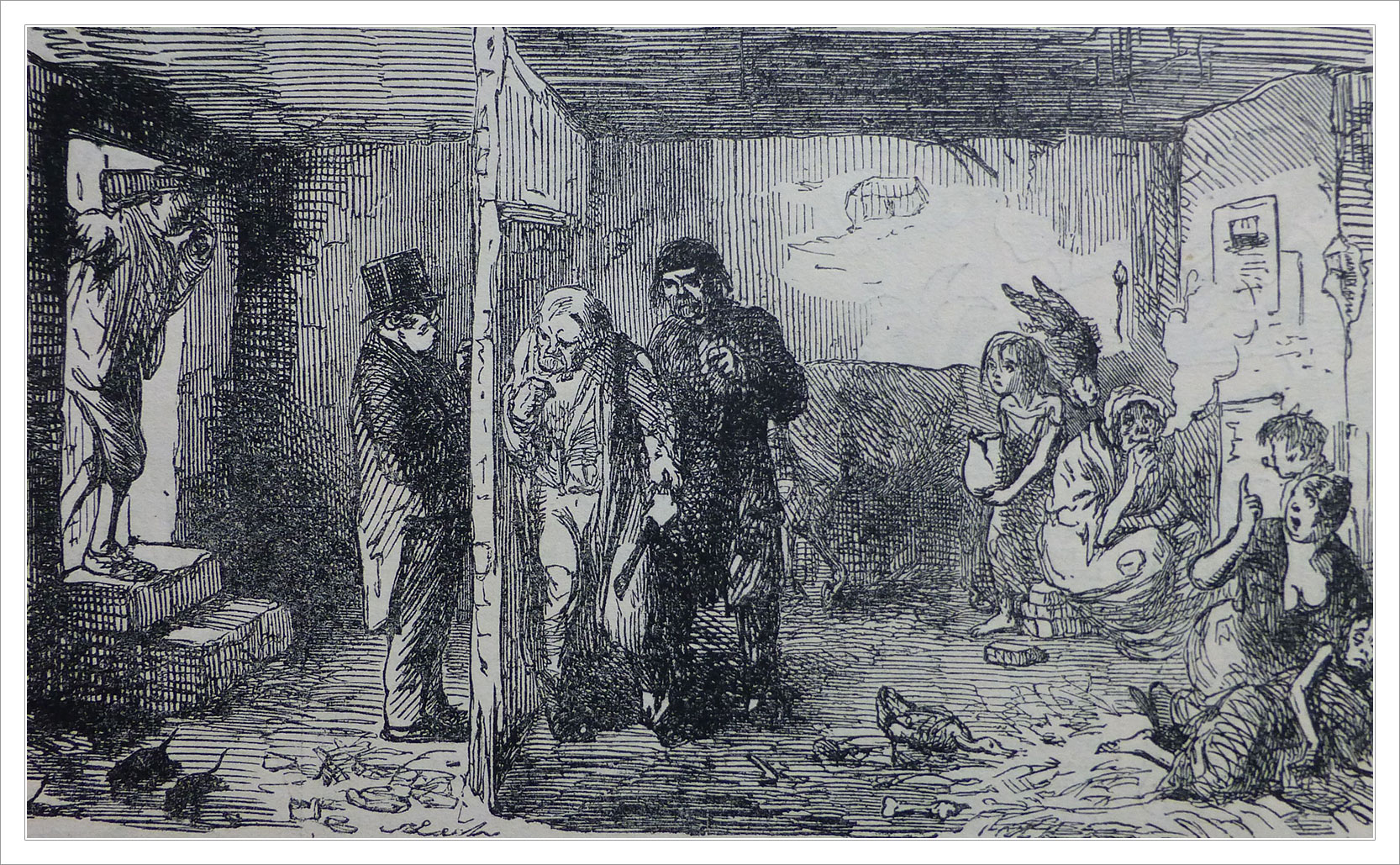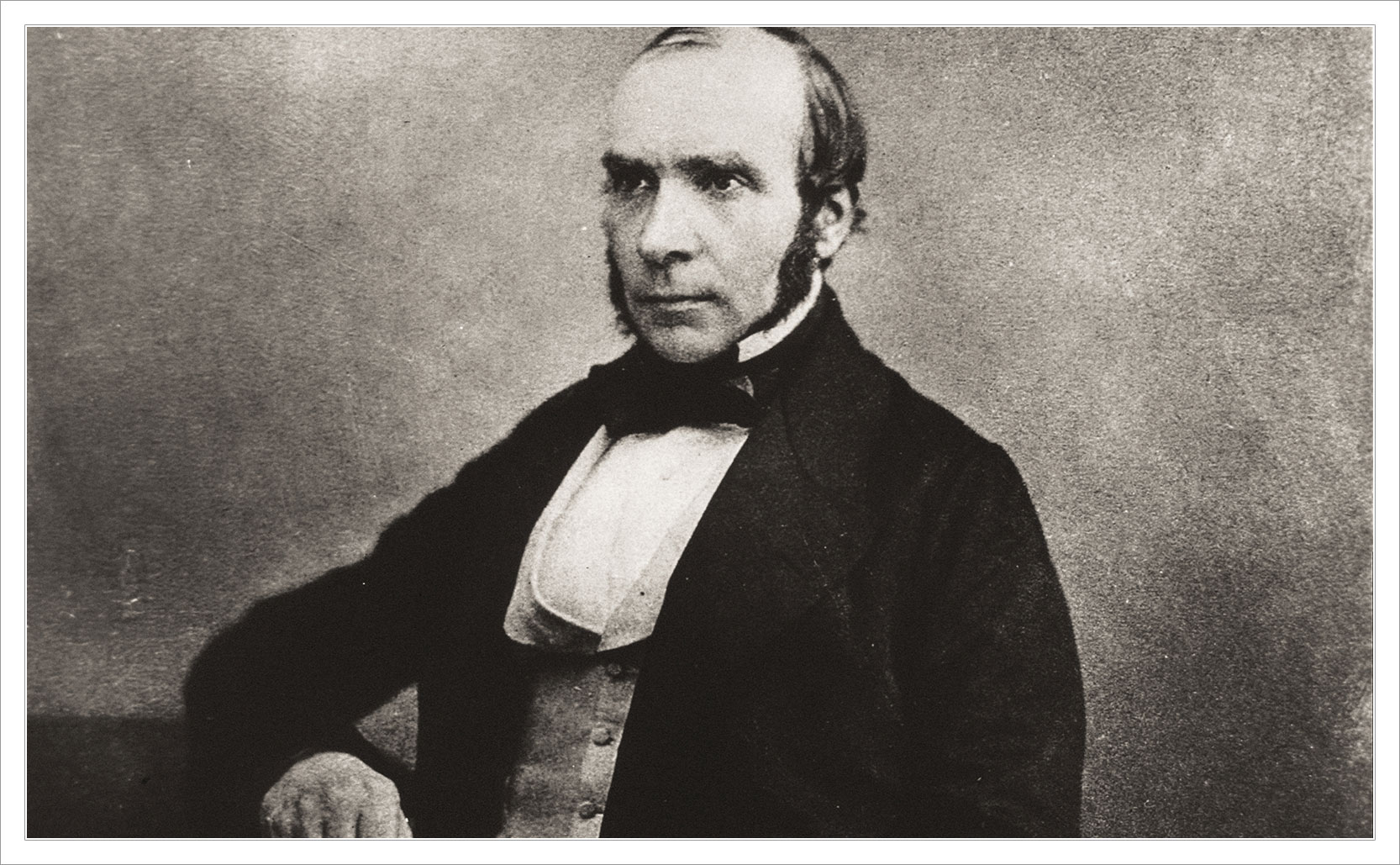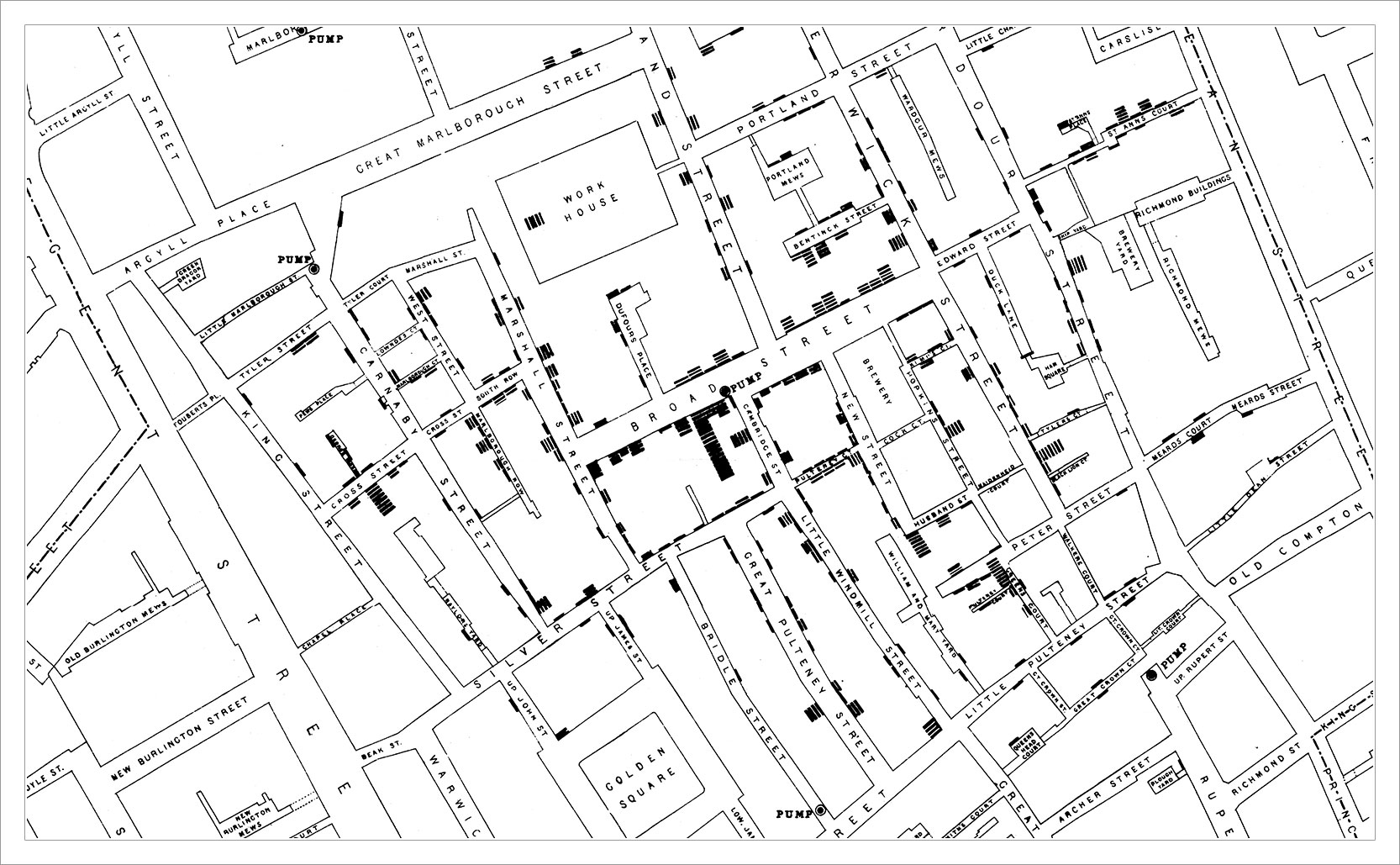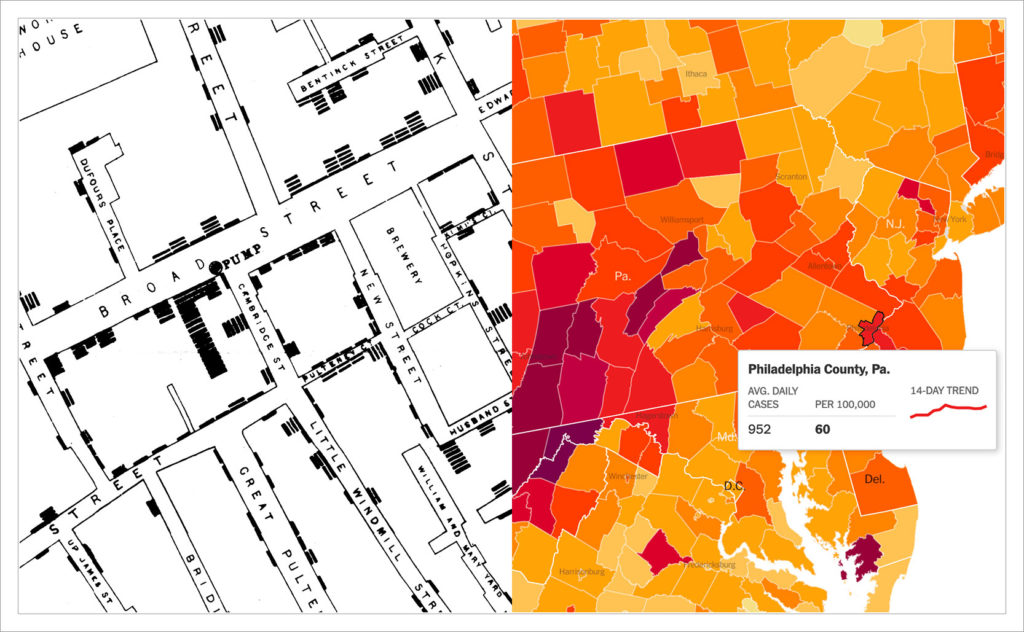Typhoid Mary
How one asymptomatic woman spread typhoid to dozens of people and raised a host of bioethical questions.
Mary Mallon was born in Cookstown, County Tyrone in Ireland in 1869. She emigrated to New York City when she was 15 and worked her way up through the servant ranks to the highly respectable position of cook. Over the years she ran the kitchens & cooked for various families around the city. In the summer of 1906 she was the cook for the Warren family (Charles Warren, banker to the Vanderbilts) as they vacationed in a rental house in the very upscale Oyster Bay, Long Island.
Over the course of that summer, 6 members of the household got sick with typhoid. No one else in Oyster Bay contracted the disease, a disease typically associated with the poor. Concerned for the reputation of the rental house, the owner knew the source of the typhoid had to be found or it would be difficult to ever rent the house again. George Soper, a freelance civil engineer, was hired to find the source of the typhoid and he traced it back to the Warren family’s former cook, Mary Mallon.
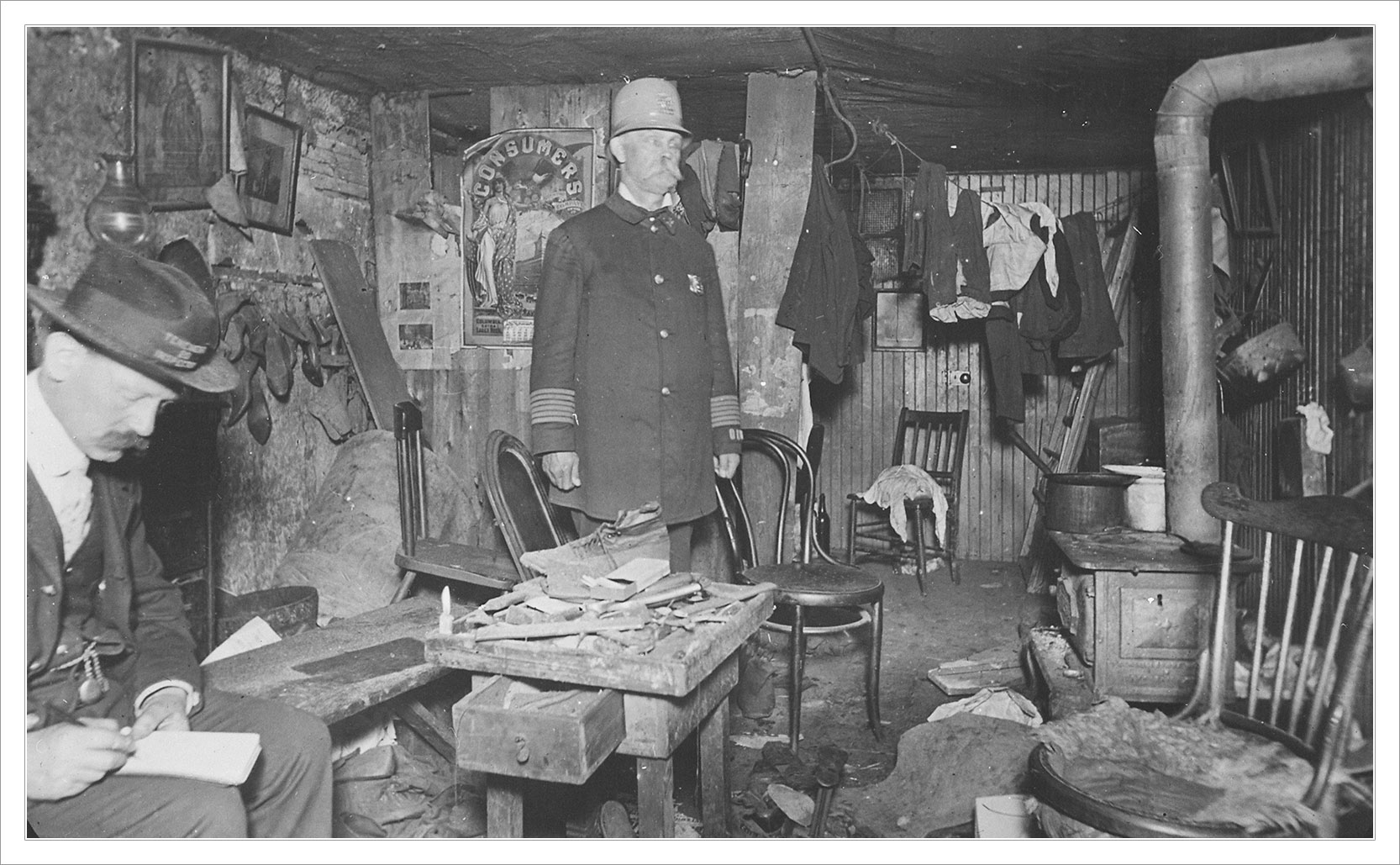
Typhoid
Typhoid fever is a form of salmonella (a bacteria) that can spread through tainted water or food that has come into contact with fecal matter. You find it in places with poor hygiene and poor sanitation, which is why it’s generally associated with the poor.
New York City in the early 20th century was a much dirtier place than today. The population of the city was doubling every decade. The tenement housing of Manhattan’s Lower East Side was an overcrowded jungle of people and it was common for a family of 10 to live in a 325 square foot apartment. Add to the mix the 150,000 – 200,000 horses of the city, each of which created about 25 pounds of manure a day and it all led to filthy conditions that were ideal for typhoid and other bacterial diseases.

Forced Quarantine
Soper tracked down Mary and he documented a trail of typhoid in her wake. Over 10 years Mary worked for 8 different New York families, 6 of those families contracted typhoid and 1 person died. Despite this evidence Mary was adamant that she never had typhoid and she never felt sick. She was partially right.
It turned out that she was a “healthy carrier” of typhoid, someone who had the disease but never really felt sick. She was asymptomatic and went about her life unaware that she even had the disease, let alone that she was spreading it to other people (not unlike asymptomatic carriers of COVID-19).
Eventually she was forced against her will into quarantine by the New York City Health Department. In 1907 she was sent to North Brother Island in the East River which was being used as a quarantine center for people sick with infectious diseases. She remained there for 3 years, during which time her story of forced quarantine made it into the papers where she was dubbed “Typhoid Mary”.
In 1910 she was released from quarantine on the condition that she never work as a cook again since she had most likely transmitted typhoid through the food she prepared. She kept to this agreement for a while, working as a laundress, but eventually she disappeared from public health officials and started work as a cook again under assumed names. The pay and working conditions of a laundress were far below that of a cook for a wealthy family. She was eventually caught working at Sloane Hospital for Women where an outbreak of typhoid infected 25 people killing 2. She was sent back to North Brother Island where she lived until she died in 1938 at the age of 69 (still carrying typhoid).
Typhoid Mary
Mary Mallon’s legacy is one of bioethical questions. In the early 20th century the science of communicable diseases was in its infancy and Mary’s suspicion of the New York Health Department was not unusual. She felt fine, so how could she be carrying/spreading a deadly disease?
Her quarantining raises ethical questions of how far the government should go to protect the general public. When weighing an individual’s civil liberties against the health of the public which is greater? Despite never being convicted of a crime she was imprisoned on North Brother Island for the safety of the public. Was it more ethical to quarantine her the first time or the second time, or at all? Knowing that other people were also asymptomatic carriers of typhoid why was she kept in isolation for nearly 30 years while others walked free? As a healthy carrier she was an unlucky victim of a disease, but she also chose to go back to cooking which she knew might endanger lives. The questions raised by Typhoid Mary are still relevant today.
Added item: There is a good hour-long documentary by PBS, The Most Dangerous Woman in America, on the story of Mary Mallon. You can also find a bootleg copy of the documentary on YouTube:




